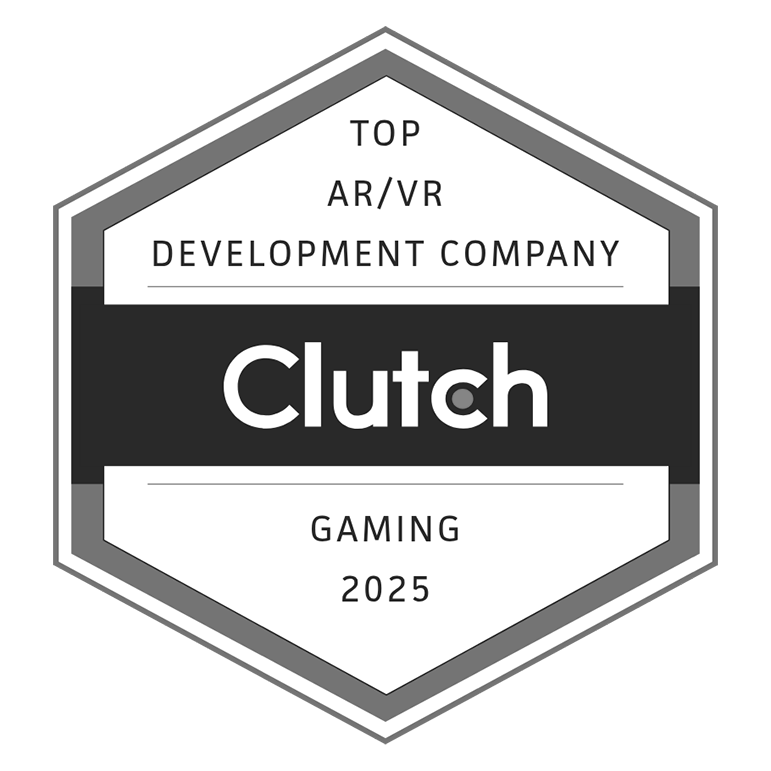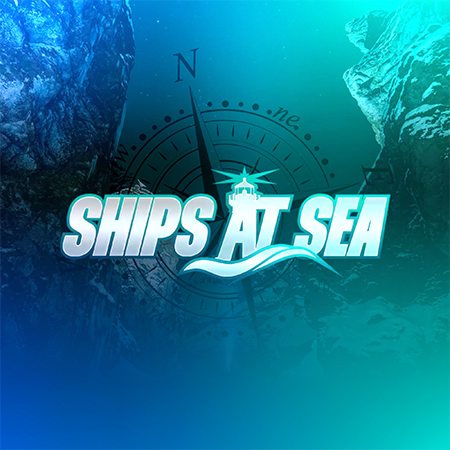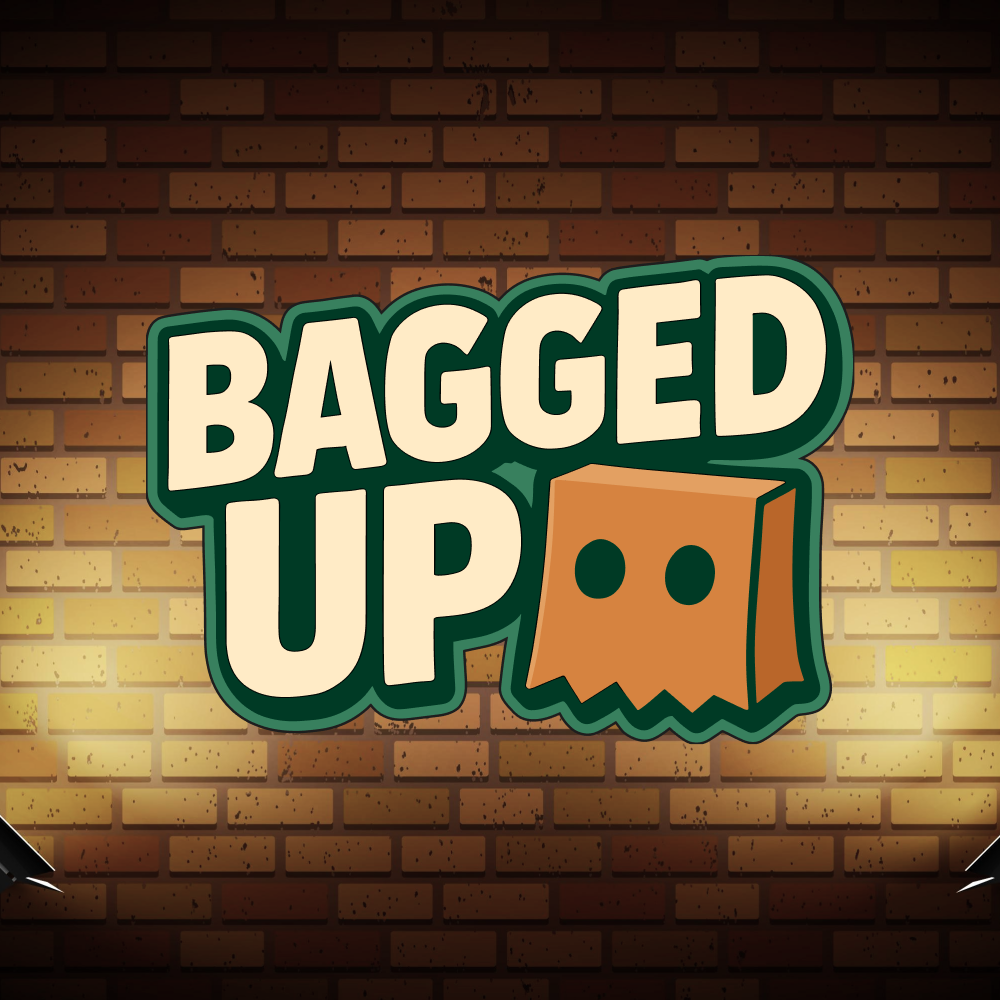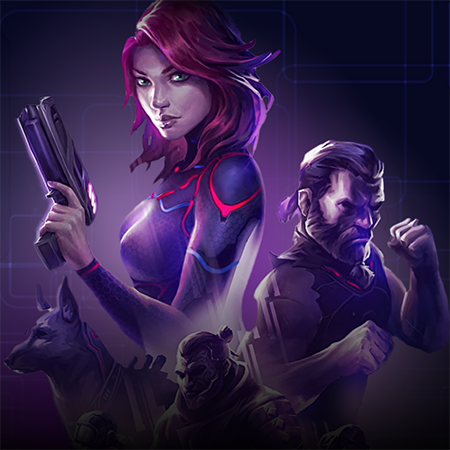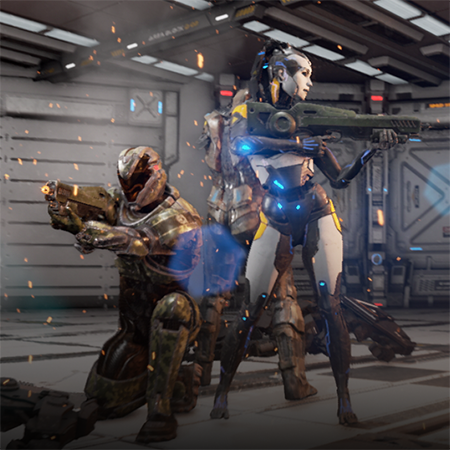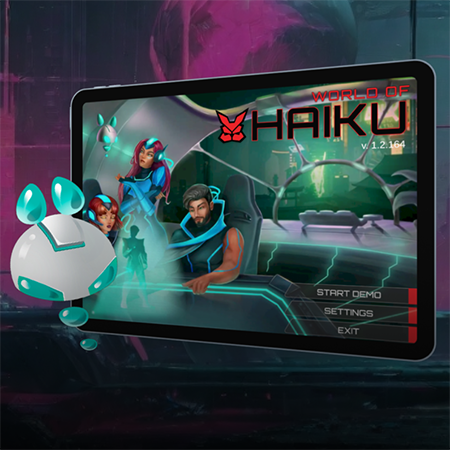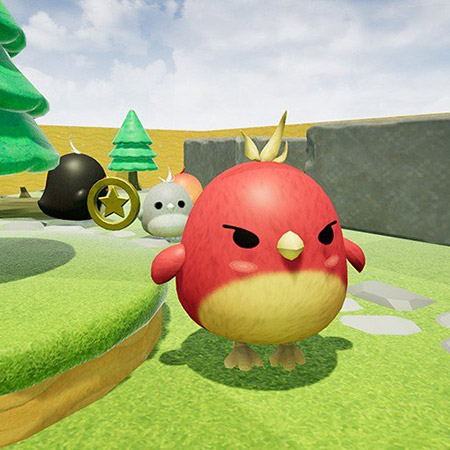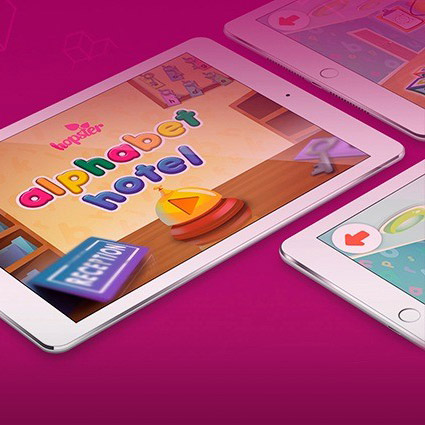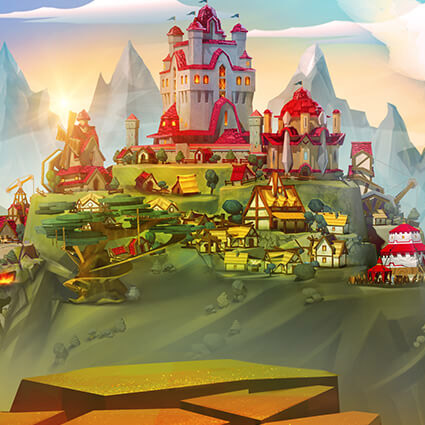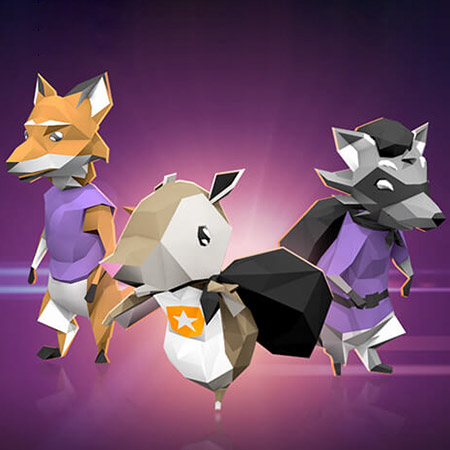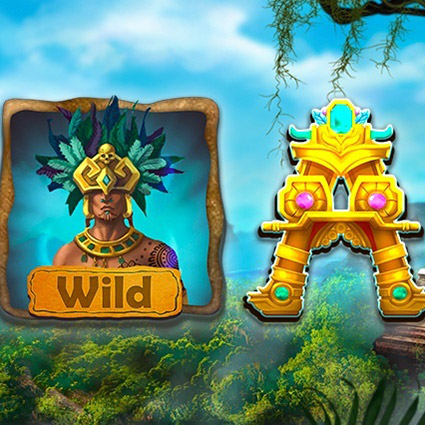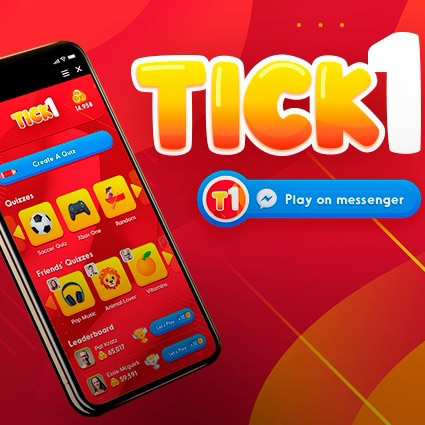Gamification in education has emerged as an effective approach to making learning more interactive and enjoyable. Schools, universities, and businesses use it to motivate learners and improve their engagement. By incorporating game elements, educational programs can boost participation and knowledge retention. It’s not only about playing games but creating structured learning experiences that lead to better results.
Many organizations today collaborate with a gamification company to develop tailored programs that address their specific educational goals. From progress tracking to rewards systems, gamification offers clear benefits. Learners stay motivated, and instructors can easily measure improvements. Moreover, the flexibility of these tools allows them to fit different subjects, age groups, and learning environments.
Gamification isn’t just limited to younger students. Employee training programs are also adopting these methods, showing that this approach works across various sectors. Partnering with a trusted gamification company can ensure that learning modules are both engaging and effective, ultimately leading to more impactful educational experiences.
What Is Gamification in Education?
Gamification in education refers to the use of game mechanics like points, badges, leaderboards, and challenges to improve learner engagement and motivation. It introduces common game elements to make the learning process more interactive and goal-driven. By shifting the focus from traditional teaching methods to a more active, hands-on approach, gamification helps students stay engaged and committed. The aim is to make learning fun and boost retention and participation through structured experiences. Gamification is becoming a key element in educational strategies across schools, universities, and training programs, providing measurable benefits for learners and instructors.
Defining Gamification and Its Role in Modern Learning
Gamification, the incorporation of game-like elements into non-game settings, plays a crucial role in modern education. It enhances student engagement by transforming routine learning tasks into interactive experiences. Incorporating concepts like Roblox game development, students can actively participate in building and understanding game mechanics, fostering creativity and problem-solving skills alongside traditional learning. This approach helps learners connect more deeply with the material, encouraging participation and persistence. Rather than focusing solely on knowledge transfer, gamification fosters active involvement, where learners complete tasks, earn rewards, and track their progress.
Educational environments benefit from gamification because it turns traditionally passive learning into a dynamic process, increasing retention and improving results. For educators, gamification provides insights into student performance, highlighting areas where additional support is needed. Through gamified systems, learning becomes personalized and adaptive, catering to different skill levels and learning styles. This system has proven especially useful in diverse educational settings, including K-12, higher education, and corporate training.
How Educational Platforms Use Gamification
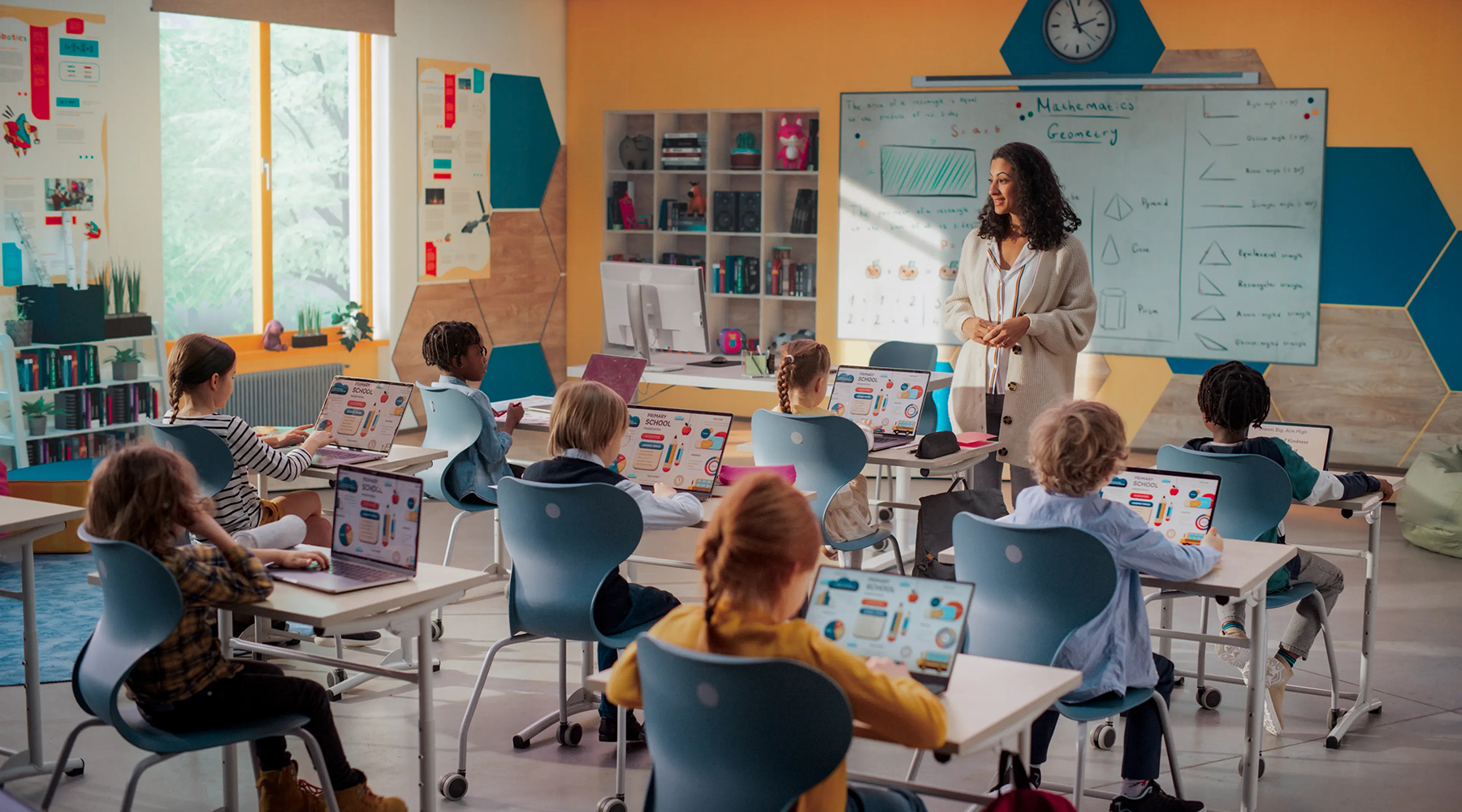
Educational platforms have widely embraced gamification to create more engaging learning environments. Duolingo, one of the most well-known language-learning apps, encourages daily practice by offering rewards like points and streaks. Users stay motivated by competing against their own records or others on leaderboards, creating a consistent drive to continue learning.
Khan Academy, another prominent platform, uses badges, missions, and mastery levels to reward students as they progress through subjects. The platform personalizes the learning experience, encouraging users to set and achieve milestones in subjects ranging from mathematics to history. Coursera and edX have implemented similar features in their online courses, providing certificates and feedback loops to encourage continuous learning.
Corporate training programs also benefit from gamification. Platforms such as SAP Litmos and TalentLMS integrate game elements like leaderboards, quizzes, and challenges to motivate employees in professional development courses. These programs create a sense of accomplishment, allowing employees to track their progress and skills development. Gamified elements also promote healthy competition among colleagues, leading to higher completion rates in training programs.
Key Elements of Gamification in Learning Environments
Several elements shape the success of gamification in learning environments, especially when implemented through gamification apps in education. Each component works to create a structured, engaging experience that enhances both motivation and retention.
- Points and rewards systems. Learners gain points for completing tasks, quizzes, or lessons, providing a clear sense of achievement. Badges, certificates, and other rewards encourage continued progress.
- Levels and progression. Breaking content into levels allows learners to move through the material step by step. Reaching each level offers a sense of accomplishment that keeps them striving toward the next goal.
- Leaderboards and rankings. Many gamification apps use leaderboards to foster a sense of competition. Students can compare their progress to that of peers, pushing themselves to improve.
- Quests and challenges. Short-term challenges, known as quests, help students apply what they’ve learned in a dynamic, real-time environment, enhancing engagement and knowledge retention.
- Feedback loops. Immediate feedback on completed tasks allows learners to understand their strengths and identify areas for improvement, keeping their learning path clear.
The combination of these elements in gamification apps provides learners with constant interaction and measurable progress. Such an approach improves their engagement and equips educators with valuable data to track overall performance and tailor future instruction based on learner needs.
The Role of Gamification in Education for Engaging Diverse Learner Groups
Gamification in education, especially within higher education, offers a versatile tool to engage learners from a wide range of backgrounds and learning preferences. With its flexible features, gamification has the potential to personalize education for a variety of groups.
- Motivation for diverse learners. Different learning preferences are supported with challenges and rewards, allowing students to stay focused regardless of their individual styles.
- Adaptability for multiple age groups. Gamified learning suits both younger and older learners by adjusting complexity and feedback to fit their developmental stages, ensuring that every group benefits from the same level of engagement.
- Inclusivity in learning. Students from diverse backgrounds can benefit equally, as gamification’s flexible structure ensures that everyone can participate fully, regardless of their starting skill level.
- Supporting different learning styles. Tools like graphical progress charts help visual learners, while quizzes and simulations cater to hands-on learners, ensuring that each style is fully supported.
With these features, gamification in higher education supports a broader range of learners, providing a structured yet adaptable learning environment. Educators can use these tools to foster greater engagement, catering to both individual learning preferences and the overall group dynamic.
Gamification Examples in Education — Practical Applications
Examples of gamification in education illustrate how game mechanics are applied to enhance learning experiences. Whether through narrative game design or more structured gamified platforms, educators use these strategies to boost student engagement and retention. Gamification is prevalent across various educational levels, from K-12 to higher education and corporate training. Each approach addresses specific needs, leveraging interactive and motivational elements to create practical and impactful learning applications.
Interactive Learning Games and Tools that Engage Students
Educational games for kids are an excellent example of how gamification enhances the learning experience. These tools use game mechanics such as rewards, progress tracking, and interactive challenges to make learning more enjoyable and engaging.
Math and language games
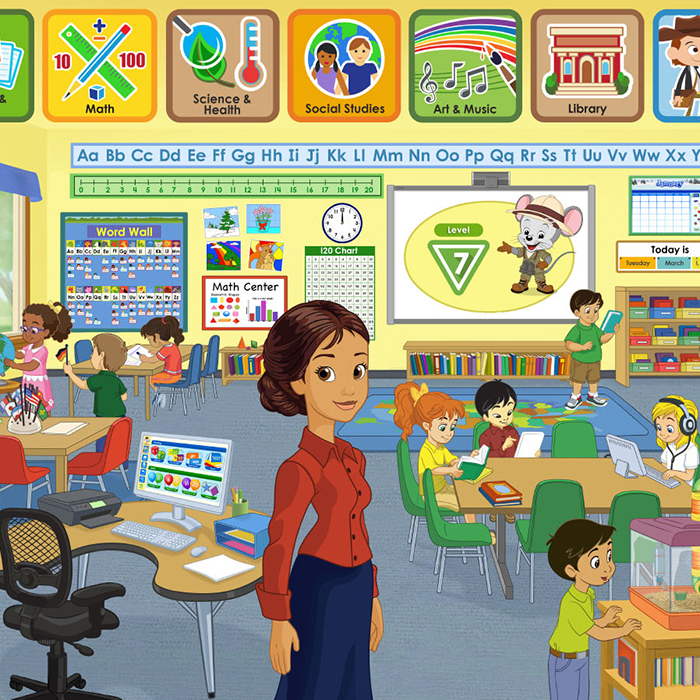
Platforms like Prodigy and ABCmouse incorporate engaging, interactive elements to teach children fundamental math and language skills in an enjoyable way. These platforms use gamification strategies where students earn points, level up, and unlock new areas, keeping them motivated to continue learning.
Science-based simulations
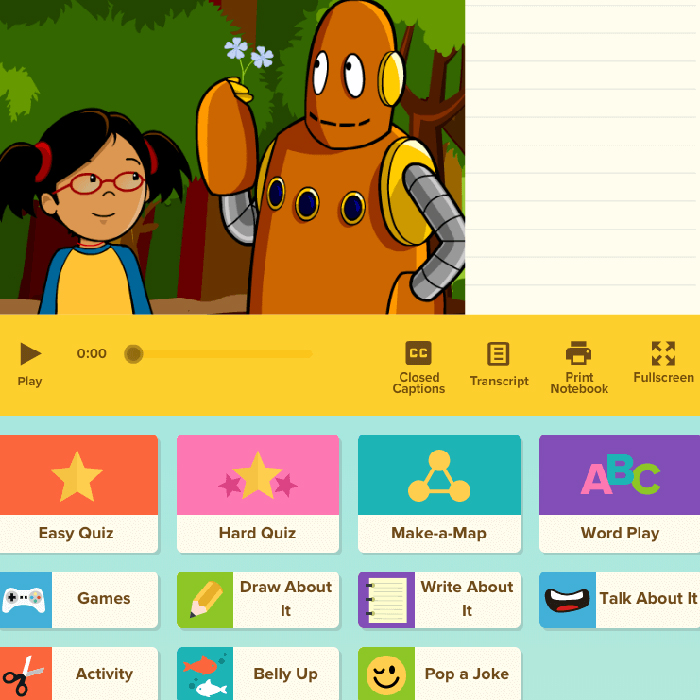
Apps such as Kahoot! and BrainPOP pprovide opportunities for children to explore scientific concepts through interactive quizzes and engaging simulations. By presenting material in a game-like format, these platforms reinforce core scientific ideas while keeping children actively involved in the learning process.
Puzzle-based learning
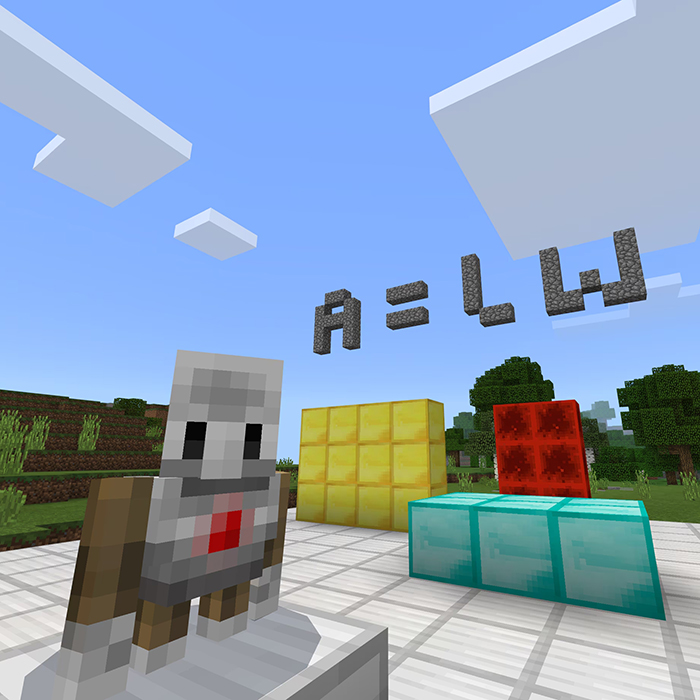
Games like Minecraft: Education Edition use puzzles to challenge children to solve problems by applying classroom knowledge in creative ways. This hands-on approach encourages students to think critically and collaborate with peers to find solutions, thereby enhancing their analytical and teamwork abilities. Children actively engage with learning objectives.
These educational games foster deeper involvement by allowing students to experience learning more dynamically, tailored to their level and interests. Combined with narrative game design, they immerse learners in scenarios that build knowledge and problem-solving skills.
Gamification in Corporate Training Programs
Corporate training programs are increasingly turning to gamification to make professional development more engaging. By integrating game elements like rewards, competitions, and simulations, companies aim to improve skill retention and employee motivation.
- Skill-based simulations. Platforms like SAP Litmos incorporate real-world simulations to help employees practice technical skills. For example, learners may engage in virtual tasks that mimic real work scenarios, earning points as they progress.
- Leadership development games. Programs such as Gamelearn offer gamified training focused on leadership and management. Employees participate in scenario-based games that develop decision-making skills in a simulated work environment.
- Continuous learning programs. Corporate platforms like Axonify use microlearning and quizzes to encourage regular participation in training, rewarding employees with badges and certificates as they complete tasks and learn new information.
Gamification in corporate training shifts the focus from passive learning to an interactive experience, leading to improved results and higher course completion rates. Employees stay motivated as they track their own progress while receiving instant feedback, creating a more effective and engaging learning environment.
Case Studies: Success Stories of Gamified Learning
Two standout examples of gamified learning, Hopster’s Alphabet Hotel and Don’t Mess With Texas, illustrate how interactive games can transform educational experiences for different age groups. Both projects reflect the adaptability of gamification to diverse learning objectives, demonstrating real-world success in engaging learners through game elements.
Hopster’s Alphabet Hotel is a mobile game developed to help toddlers learn the alphabet. Designed for young children increasingly drawn to digital devices, the game leverages colorful animations and simple navigation to introduce letters and sounds. The collaboration between Hopster and Program-Ace resulted in an interactive, fun, and educational experience. Utilizing the Unity engine, the game engages toddlers with its vibrant characters and easy-to-master gameplay. It has already reached over 100,000 downloads on Android, proving the effectiveness of gamified learning in early childhood education. Beyond the numbers, the game stands out for making learning enjoyable and helping toddlers grasp foundational literacy concepts.
Don’t Mess with Texas is another successful case of gamified learning, this time targeting school-age children. Developed as part of a government initiative to reduce littering, the game integrates educational content into a side-scroller format. The game challenges players to clean up Texas streets while teaching the importance of keeping the environment clean. Program-Ace's development team, using Unity, created a scoring system, level progression, and reward mechanisms that keep players engaged. The game’s ability to switch between 2D and 2.5D modes provides users an interactive learning experience, reinforcing important environmental lessons through engaging gameplay.
Both projects highlight how gamification can be a powerful tool to engage learners in meaningful educational content, whether in early literacy or environmental awareness. These successes prove that game-based learning isn’t just about entertainment — it’s a dynamic way to achieve educational goals in an interactive, motivating environment.
Advantages and Disadvantages of Gamification in Education
| Advantages | Disadvantages |
| Increased student engagement. Gamification boosts student motivation by making learning more interactive and enjoyable. | Over-reliance on rewards. Students may focus too much on earning points or badges rather than understanding the material. |
| Improved knowledge retention. By turning lessons into games, students are more likely to remember what they’ve learned. | Time-consuming development. Creating high-quality gamified content requires significant time and resources. |
| Catering to different learning styles. Gamified learning accommodates visual, auditory, and kinesthetic learners through interactive elements. | Not suitable for every subject. Certain topics may not lend themselves well to gamification, making it difficult to implement effectively. |
| Measurable progress. Teachers and instructors can track students’ achievements and performance easily through in-game metrics. | Risk of distraction. Some students may focus more on the game mechanics than on the actual learning objectives. |
Gamification in education offers a range of benefits, such as increased engagement and better retention. However, it also comes with challenges like the need for a careful balance between fun and educational value.
Motivational Benefits: How Gamification Boosts Student Engagement
Gamification significantly enhances student motivation by transforming routine tasks into engaging and interactive experiences. Students receive immediate rewards like points, badges, or unlocking new levels, which boosts their sense of accomplishment and keeps them more engaged in their learning journey. A critical part of understanding how to make an educational game is ensuring that these game mechanics align with educational objectives so students feel rewarded but also retain what they learn.
Developing an educational game is about more than simply adding game elements. It requires balancing entertainment with content that reinforces learning goals. When creating an educational game, developers often include milestones that offer small rewards for achieving specific learning objectives. The use of narrative elements can make subject matter more relatable and enjoyable for students. These features keep learners focused on achieving their educational goals, making the overall learning experience more dynamic and memorable.
Gamification also allows for personalized learning. Students progress through challenges at their own pace, making sure the difficulty remains balanced and motivating. Teachers can monitor progress and provide support when needed, ensuring that students stay engaged while moving through material suited to their skill levels. This keeps the learning experience both motivating and effective.
Potential Drawbacks and Challenges of Gamifying Learning
While gamification in education brings clear benefits, several challenges must be acknowledged. One issue arises when students become overly focused on rewards such as points or badges, often at the expense of deeper learning. In these cases, students may prioritize winning over understanding, which undermines the true purpose of education. When creating gamified experiences, educators and developers must be careful not to make rewards the sole focus of the learning process.
Another challenge relates to the complexity of how to make an educational game that is both fun and educational. The time and resources required to develop high-quality gamified content can be substantial. Simplistic games may fail to provide educational value, while more complicated games may alienate students who struggle to follow along. Balancing these factors is essential to maintaining student interest without compromising the learning experience.
Furthermore, not every subject is suited for gamification. More abstract topics or advanced academic concepts may not easily translate into gamified formats. This limits the usefulness of gamification in certain areas of study. Lastly, there’s a risk that students may become distracted by game mechanics, focusing on play rather than educational content. Careful design is crucial to ensuring the game supports, rather than detracts from, educational goals.
Striking the Right Balance: When to Use Gamification
Effective use of gamification in education requires finding the right balance between engaging students and ensuring educational integrity. Gamification can be a highly effective tool when learning objectives are clear and measurable. For instance, in subjects where progress can be tracked easily, such as language learning or foundational math, game elements help keep students motivated while maintaining a focus on the content.
Knowing how to make an educational game also involves recognizing when gamification might distract from learning. It is important to avoid over-gamification, where the mechanics overshadow the actual material. Traditional teaching methods may still offer the best results in areas that require deep critical thinking or theoretical understanding. Educators must focus on using gamified elements to enhance, rather than replace, the learning process.
Gamification works best when it complements the educational experience without overwhelming it. Balancing game mechanics like rewards, progression, and challenges with the core content ensures that students stay motivated but don’t lose sight of their learning goals. In some cases, alternating between gamified activities and conventional lessons may be the most effective way to ensure both engagement and academic success.
The Effects of Gamification in Education
Gamification in education influences cognitive and emotional learning aspects by integrating game development stages into educational environments. From initial concept design to full deployment, each game development stage helps shape interactive learning experiences that engage students. This process combines learning objectives with game elements such as challenges, feedback, and progression systems, leading to better student involvement and academic performance. Implementing gamified systems within education fosters an environment where learners stay motivated and committed to their goals.
Cognitive and Emotional Impacts on Learners
Gamification in education has positively impacted learners' cognitive and emotional responses. By following the principles outlined in the complete game UX guide, educational designers can create engaging experiences that stimulate various aspects of the brain. On the cognitive side, gamified learning encourages active problem-solving, critical thinking, and memory retention. These processes are activated through challenges and tasks that require students to apply learned knowledge in practical scenarios, enhancing their overall understanding of the material.
Emotionally, gamification introduces an element of fun and achievement into the learning process. When students receive rewards such as badges, points, or levels for completing tasks, they experience a sense of accomplishment. This positive reinforcement fosters motivation, keeping learners engaged and willing to invest more time in their studies. In addition, gamified learning environments reduce the stress often associated with traditional educational approaches by allowing students to learn at their own pace. Feedback loops, integrated into game mechanics, provide learners with instant insight into their progress, which can build confidence and decrease anxiety.
By addressing cognitive and emotional factors, gamification creates a holistic learning experience that supports knowledge retention and improves student performance. It offers a structured way for educators to ensure students stay emotionally connected to their learning while gaining the skills and knowledge necessary to succeed.
Measurable Outcomes — Does Gamification Improve Learning Retention?
Gamification in education not only boosts engagement but also offers measurable outcomes in terms of learning retention. By incorporating interactive elements into the learning process, educators can track the effectiveness of gamification on long-term knowledge retention. The key to success lies in how well the game elements are integrated with the learning objectives, ensuring that students not only stay engaged but also retain information over time.
- Immediate feedback reinforces learning. One of the strongest features of gamification is the ability to provide immediate feedback on tasks. When students receive instant feedback, they can quickly identify mistakes and correct their approach, reinforcing the learning process.
- Progress tracking helps maintain focus. Gamified systems often include tracking mechanisms that allow students to see their progress over time. This visibility helps learners stay motivated and focus on areas that require improvement, resulting in better retention of information.
- Reward systems drive continuous engagement. The use of rewards, such as badges or certificates, encourages students to revisit the material, leading to repeated exposure and better memorization of key concepts.
- Gamified quizzes and assessments highlight knowledge gaps. Gamification tools often include quizzes or assessments that help educators identify areas where students may need additional support, ensuring that gaps in understanding are addressed before moving on to new material.
By focusing on measurable outcomes like feedback, progress tracking, and rewards, gamification offers a structured approach to improving learning retention, making it a valuable tool for educators.
The Long-Term Effects of Gamification on Student Performance
The long-term effects of gamification on student performance reveal a positive correlation between engaging educational content and sustained academic improvement. Drawing inspiration from various video game art styles, gamified learning environments provide more than just visual appeal — they create immersive, dynamic experiences that help students remain engaged over extended periods. The art styles used in educational games, whether 2D, 3D, or low-poly, contribute significantly to how learners interact with the material and retain knowledge.
Over time, gamification fosters a deeper connection between students and their study subjects. These games' vibrant and interactive nature helps reduce the monotony often associated with traditional learning methods. As a result, students are more likely to revisit the content, reinforcing their understanding. This increased engagement leads to better retention and improved performance in assessments. Additionally, incorporating varied art styles allows for adaptability across different age groups and learning preferences, making the gamified content more appealing to a broad audience.
One of the long-term benefits of gamified learning is its ability to promote continuous improvement. As students interact with game-based content, they receive regular feedback that helps them identify areas they need to improve. Over time, this feedback loop strengthens problem-solving skills and encourages learners to challenge themselves. The visual elements of video game art styles enhance the appeal of these tools and create environments where students feel comfortable experimenting and learning from their mistakes, ultimately leading to better academic outcomes.
Let your workforce learn and train in gamified environments.
Innovative Learning Techniques: Beyond Traditional Methods
Innovative learning techniques are gaining traction as more schools, universities, and organizations move beyond traditional methods. Educators can address diverse learning styles and needs by incorporating new strategies such as gamification, adaptive learning models, and interactive technologies. These modern approaches provide a more personalized and engaging learning experience, improving student outcomes and overall motivation.
Exploring New Approaches to Education Through Gamification
Gamification has emerged as one of the most promising new educational approaches, offering a dynamic alternative to traditional teaching methods. By incorporating game-like elements such as points, levels, and achievements, educators can create an interactive learning environment that encourages students to stay engaged with the material. The flexibility of gamification allows it to be applied across a range of subjects, from early childhood education to complex professional training programs.
Gamification also introduces a competitive element that can motivate students to push themselves further. Leaderboards and challenges add excitement to the learning process, fostering a sense of accomplishment and community among students. Additionally, educators can track individual progress in real-time, allowing them to offer targeted support to students who may be struggling with certain concepts.
Moreover, gamification encourages students to take an active role in their learning. Instead of passively receiving information, they engage with the content in a way that promotes critical thinking and problem-solving. The structured game mechanics create an environment where learners must think strategically to overcome challenges, ultimately deepening their understanding of the material.
Blending Gamification with Adaptive Learning Models
Combining gamification with adaptive learning models offers a powerful way to personalize the educational experience for each student. Adaptive learning technology tailors the content to the learner’s needs, adjusting the difficulty of tasks and the pace of lessons based on real-time performance data. When paired with gamification, such an approach becomes even more effective by keeping students motivated through rewards, progress tracking, and interactive challenges.
One of the major benefits of blending these two approaches is the ability to adapt the learning path for each student continuously. For example, a student struggling with a particular topic might be guided through additional resources or exercises, while a more advanced learner may be presented with more challenging content. The inclusion of game mechanics ensures that learners remain engaged throughout these personalized journeys, maintaining a sense of accomplishment and forward momentum.
Gamified adaptive learning environments also help reduce frustration for students struggling with traditional, one-size-fits-all teaching methods. The flexibility of adaptive models ensures that students are always working at their optimal challenge level, neither too difficult nor too easy. This balance keeps learners in a state of productive engagement, where they feel motivated to continue improving without becoming discouraged.
Educators can create a highly responsive and engaging educational experience by integrating gamification with adaptive learning. This combination maximizes learning outcomes by offering personalized challenges, real-time feedback, and consistent motivation, all tailored to meet the unique needs of each student.
Creating Personalized Learning Experiences Using Game Elements
Gamification is used in education to create personalized learning experiences that cater to individual student needs and preferences. By incorporating game elements such as levels, rewards, and real-time feedback, educators can tailor lessons to match each student’s progress and learning style. This method transforms the traditional one-size-fits-all approach into an adaptive model where learners engage with material at their own pace, allowing for both enrichment and reinforcement where needed.
One way gamification personalizes learning is through adaptive progression systems. Students start at different levels based on their initial understanding of the subject matter, and as they move forward, the challenges increase or decrease in difficulty according to their performance. This ensures that learners who need more practice are not left behind, while those who excel can advance without unnecessary repetition.
Another powerful element is the use of real-time feedback, a hallmark of gamified systems. Immediate feedback on quizzes, tasks, and simulations helps students correct mistakes and understand where they need improvement, leading to more targeted learning. This feedback loop, combined with rewards such as badges or certificates for completing tasks, motivates students to stay engaged and strive for mastery.
Additionally, gamification fosters student autonomy by allowing them to choose certain pathways within the learning process. For instance, students might select specific topics they want to explore first or take on optional challenges to earn extra points. These elements make the learning experience feel more personalized and less rigid, enhancing student motivation and commitment.
Through the integration of game mechanics, gamification enables educators to design customized, engaging experiences that are highly responsive to each learner’s needs, ultimately improving both participation and academic outcomes.
Top Gamification Tools in Education

Understanding how gamification is used in education highlights its role in crafting personalized learning experiences. By integrating game elements like levels, rewards, and real-time feedback, educators tailor lessons to individual student needs. This creates a learning environment where students engage with material at their own pace, enhancing both understanding and motivation.
One key way gamification is used in education is through adaptive progression systems. Students begin at a level that suits their current knowledge, and as they progress, challenges adjust according to their performance. This ensures students who need additional support receive it, while advanced learners move ahead without unnecessary repetition.
Real-time feedback is another essential gamification element. Immediate feedback on quizzes and tasks allows students to correct mistakes and focus on areas needing improvement. When combined with rewards like badges or certificates, this feedback loop encourages continued engagement and goal-setting, keeping students motivated and on track. Gamification also promotes student autonomy by offering them choices within their learning journey. Whether selecting specific topics or tackling optional challenges, learners take ownership of their progress.
How to Choose the Right Gamification Tool for Your Needs
Choosing the right gamification tool requires careful consideration of several factors to ensure it meets your educational or training goals. The objectives of gamification in education guide the selection process, and here are key factors to consider:
- Define your learning goals. Understand what you aim to achieve through gamification — improving engagement, enhancing retention, or building specific skills — and choose a tool that aligns with these objectives.
- Evaluate platform compatibility. Ensure the platform integrates smoothly with your existing learning management systems (LMS) or corporate training software. Compatibility is crucial for seamless implementation.
- Customization options. Look for tools that allow you to tailor content, difficulty levels, and progress tracking to suit the needs of your learners. Personalization enhances the effectiveness of gamified learning.
- Ease of use. Select a platform that is easy for both instructors and learners to navigate. Complicated systems may hinder the learning process instead of supporting it.
- Cost and scalability. Assess the cost of the platform in relation to its features, as well as its scalability, to grow with your organization’s or institution’s needs over time.
By considering these considerations, you can select a gamification tool that aligns with your educational objectives and provides an engaging, efficient learning experience for all participants.
Integrating Gamification Tools Into Existing Education Systems
Integrating gamification tools into existing education systems requires a strategic approach to ensure the tools align with the overall educational objectives. The first step involves identifying the key areas within the curriculum that can benefit from gamification. For example, subjects that require repetitive practice or offer measurable outcomes, such as math, language learning, or employee training, are ideal for gamified approaches.
To ensure smooth integration, educators and administrators must also assess the compatibility of gamification tools with their current learning management systems (LMS). Tools that offer easy integration and data tracking features allow for a more seamless transition. Additionally, educators should consider offering training sessions for teachers and staff to familiarize them with the new tools. Proper onboarding ensures that educators can maximize the features of the gamification platform to achieve the desired learning outcomes.
Furthermore, it’s essential to balance traditional learning methods and gamification. While gamified systems engage learners, they should complement, not replace, traditional teaching methods. For instance, quizzes and reward systems can enhance understanding, but they should be coupled with in-depth discussions and assignments to encourage deeper thinking.
Finally, continuous evaluation is critical. By regularly assessing how the gamification tools are performing in practice, educators can make adjustments and ensure that the objectives of gamification in education — such as improving engagement, motivation, and retention — are being met.
Gamify Your Learning with the Game-Ace Team
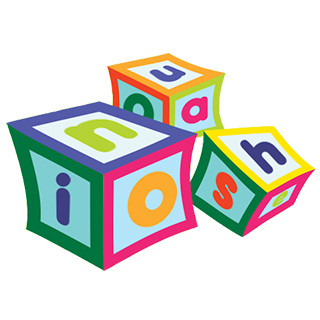
At Game-Ace, we understand that every learning environment has unique challenges, and gamification is an effective way to overcome them. As a custom game development company, we don’t just build games; we create interactive learning experiences that engage and motivate learners. Whether you're focused on education or corporate training, our team is skilled at designing custom solutions that integrate seamlessly with your goals and requirements.
Our development process is entirely flexible, allowing you to tailor the game mechanics, design, and content to meet the specific needs of your audience. From quizzes and simulations to immersive 3D environments, our gamified solutions are designed to make learning interactive and results-driven. We’ve helped educators and organizations across industries create tools that encourage active participation and keep learners coming back for more.
If you are looking to enhance your learning programs with customized gamification, we’re here to help. Contact us to explore how we can collaborate and build a solution that truly engages your audience and delivers measurable outcomes.
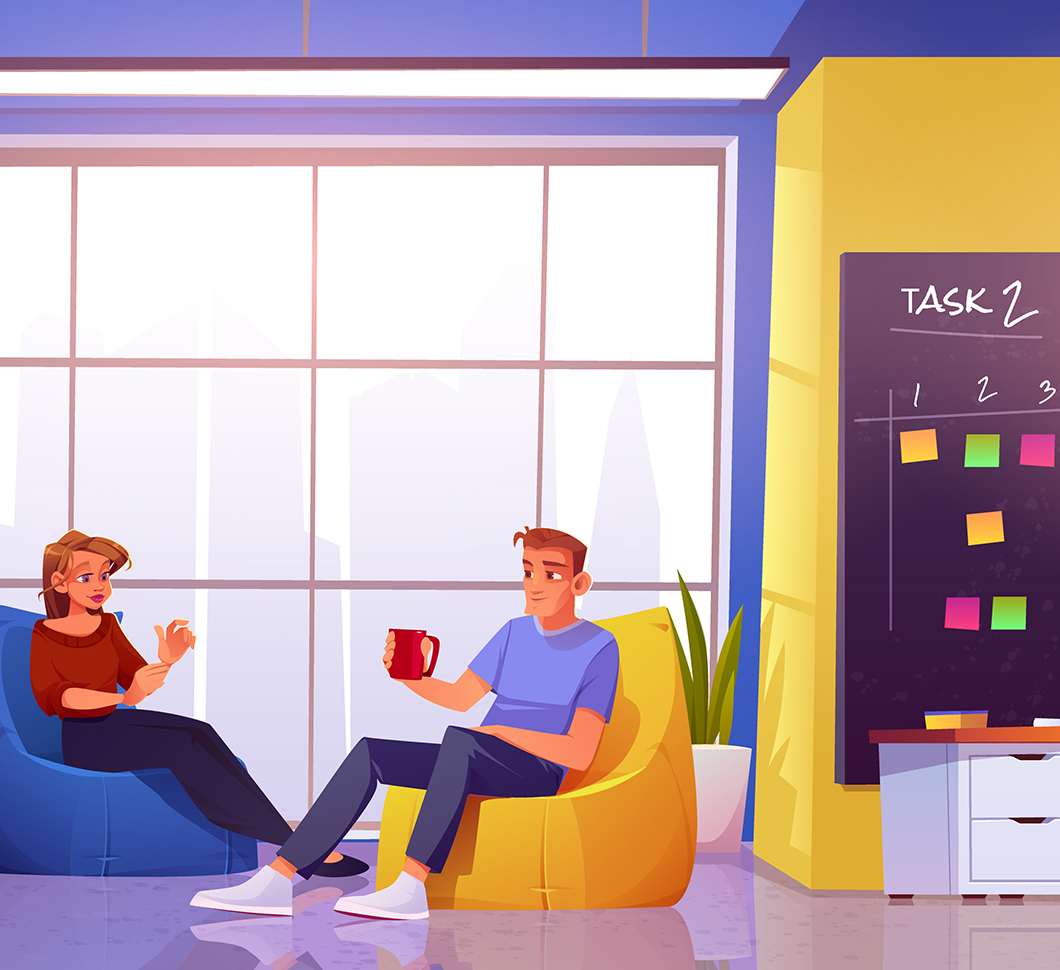 Key Trends Shaping Gamification in Recruitment for 2026 and Beyond
Key Trends Shaping Gamification in Recruitment for 2026 and Beyond  How to Create Crypto Casino Games the Right Way
How to Create Crypto Casino Games the Right Way  AI Recruitment Games: From Real-Time Assessments to Better Hiring Outcomes
AI Recruitment Games: From Real-Time Assessments to Better Hiring Outcomes  Games for Business: Proven Strategies for Engagement and Growth
Games for Business: Proven Strategies for Engagement and Growth 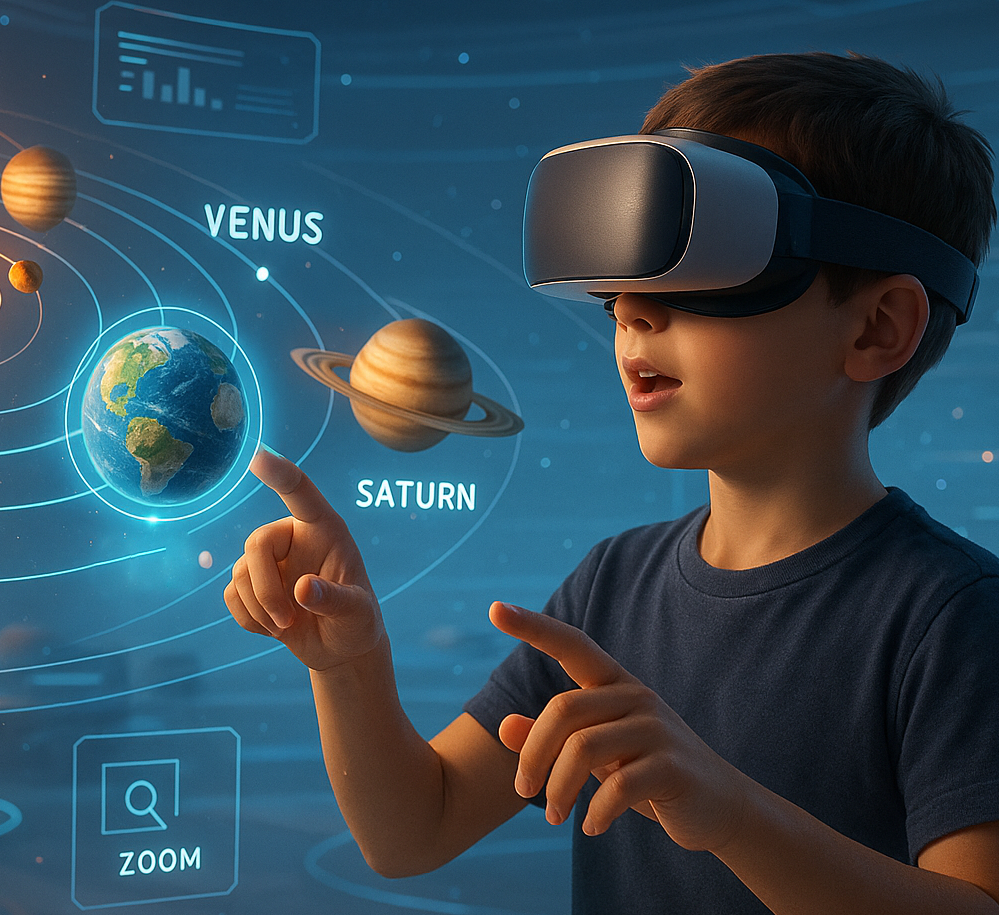 How to Design Learning Games for Kids That Teach Real-World Skills
How to Design Learning Games for Kids That Teach Real-World Skills 








